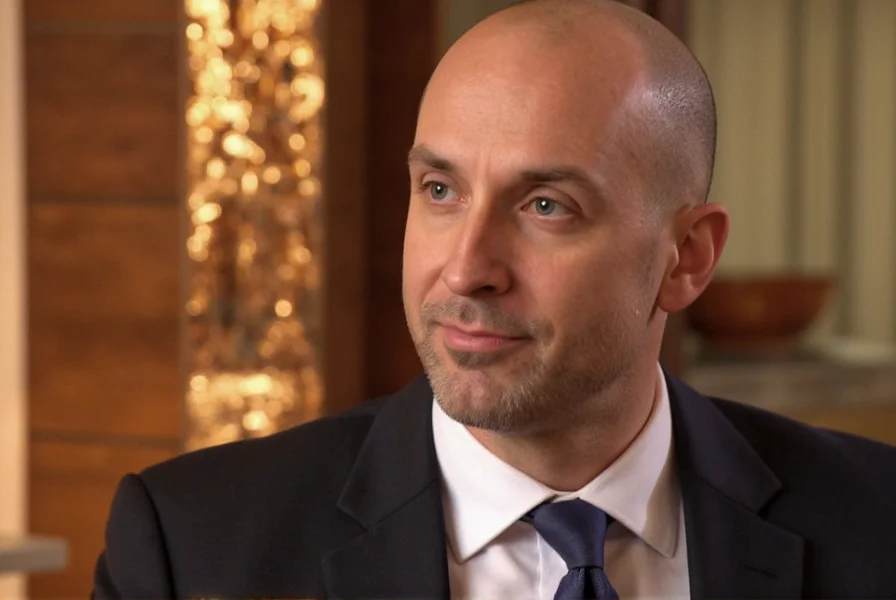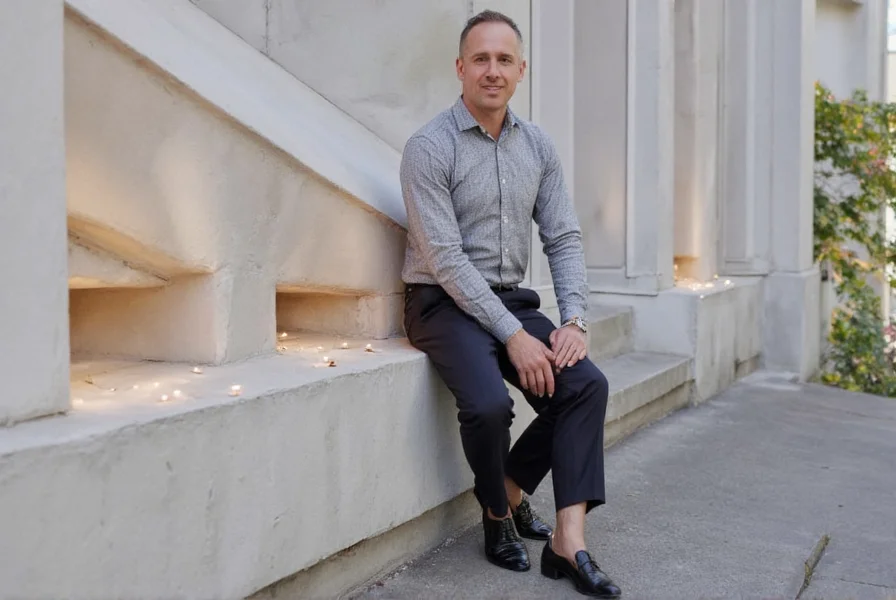Abe Saffron's influence on Sydney's nightlife and urban development remains a significant chapter in Australian business history. His story intertwines legitimate entrepreneurship with persistent allegations of underworld connections, creating a complex legacy that continues to fascinate historians and true crime enthusiasts alike. Understanding Saffron's impact requires examining both his documented business achievements and the controversies that surrounded him throughout his career.
Early Life and Business Beginnings
Born Abraham Safro in 1909 to Jewish immigrant parents in Sydney, Saffron began his business career modestly. After leaving school at 14, he worked various jobs before establishing himself in the entertainment industry. His first significant venture was the New Rialto cinema in the 1930s, which marked the beginning of his journey into Sydney's entertainment scene.
By the 1940s, Saffron had expanded into nightclubs and hotels, strategically positioning himself in Sydney's growing entertainment district. His business acumen was evident in his ability to identify prime locations and capitalize on post-war economic growth. This period laid the foundation for what would become a substantial property portfolio spanning Sydney's most valuable real estate.
Rise to Prominence in Sydney's Nightlife
Saffron's empire grew significantly during the 1950s and 1960s when he controlled approximately 40 venues across Sydney. His establishments included the famous El Rocco nightclub, the Latin Quarter, and numerous hotels in the Kings Cross district. These venues became synonymous with Sydney's vibrant nightlife, attracting celebrities, politicians, and socialites.
What distinguished Saffron from other entrepreneurs was his apparent ability to operate successfully in an environment where many competitors faced difficulties. His businesses thrived while others struggled with licensing issues, regulatory challenges, and alleged protection rackets. This unusual consistency fueled speculation about his connections beyond legitimate business circles.
| Key Business Holdings | Time Period | Significance |
|---|---|---|
| El Rocco nightclub | 1950s-1970s | Iconic jazz venue frequented by celebrities |
| Latin Quarter | 1950s-1960s | Upscale nightclub featuring international performers |
| Multiple Kings Cross hotels | 1940s-1980s | Strategic properties in Sydney's entertainment district |
| Real estate portfolio | 1950s-2000s | Extensive holdings across Sydney CBD and eastern suburbs |
Alleged Criminal Connections and Investigations
Saffron earned the nickname \"Mr. Sin\" due to persistent allegations of connections with organized crime figures. Multiple royal commissions and police investigations examined his business dealings throughout his career. The most notable was the 1973 Moffitt Royal Commission into organized crime, which heard testimony suggesting Saffron's involvement in protection rackets and other illicit activities.
Despite these investigations, Saffron was rarely charged with serious offenses. His most significant legal trouble came in 2005 when, at age 96, he was convicted of tax evasion related to undeclared income from the 1990s. He received a suspended sentence and died the following year. This late-career conviction remains one of the few documented instances where Saffron faced legal consequences for his business practices.
Business Strategy and Urban Development Impact
Saffron's business approach combined legitimate property development with entertainment ventures. He demonstrated remarkable foresight in identifying valuable real estate locations, particularly in Sydney's Kings Cross and CBD areas. Many properties he acquired for relatively modest sums became extremely valuable as Sydney developed.
His influence extended beyond entertainment venues. Saffron played a role in shaping Sydney's urban landscape through strategic property acquisitions and developments. Some historians argue that his business activities, while controversial, contributed to the development of Sydney as a major international city with a vibrant nightlife culture that continues to attract tourists today.
Legacy and Historical Significance
Abe Saffron's legacy remains complex and contested. To some, he represents the entrepreneurial spirit that helped transform Sydney into a modern metropolis. To others, he symbolizes the corruption and criminal elements that plagued the city's development during the mid-20th century.
Historians researching abe saffron sydney underworld history note that his story provides valuable insights into the intersection of legitimate business, politics, and organized crime during a transformative period in Australia's urban development. Documentaries, books, and academic studies continue to examine his influence on Australian business culture and the evolution of Sydney's entertainment industry.
When exploring abe saffron controversial businessman narratives, it's essential to distinguish between verified facts and sensationalized accounts. While his tax evasion conviction is documented, many allegations about his criminal activities remain unproven in court, highlighting the challenges of researching historical figures with controversial reputations.

Understanding Saffron's Place in Australian History
Studying figures like Abe Saffron requires careful examination of primary sources and consideration of the historical context. The post-war period in Australia saw rapid urbanization and economic growth, creating opportunities for entrepreneurs willing to operate in gray areas of the law.
Researchers investigating abe saffron mr sin biography should consult archival materials from the State Library of New South Wales, newspaper archives from the period, and official records from royal commissions. These sources provide a more balanced perspective than sensationalized accounts that focus exclusively on alleged criminal connections.
For those interested in the broader context of Sydney's development, examining abe saffron property developer australia contributions alongside other business figures of the era offers valuable insights into how modern Australian cities evolved. His story represents one thread in the complex tapestry of urban development, where legitimate business, political influence, and alleged criminal activity often intersected.

Frequently Asked Questions
Who was Abe Saffron and why was he called \"Mr. Sin\"?
Abe Saffron (1909-2006) was an Australian businessman who controlled numerous nightclubs, hotels, and entertainment venues in Sydney from the 1940s through the 1980s. He earned the nickname \"Mr. Sin\" due to persistent allegations of connections with organized crime, though he maintained his innocence throughout his life.
What businesses did Abe Saffron own in Sydney?
At his peak, Saffron controlled approximately 40 venues across Sydney, including famous nightclubs like El Rocco and the Latin Quarter, numerous hotels in the Kings Cross district, and a substantial real estate portfolio throughout Sydney's CBD and eastern suburbs. His business empire spanned entertainment, hospitality, and property development sectors.
Was Abe Saffron ever convicted of criminal activity?
Saffron faced numerous investigations throughout his career but was rarely charged with serious offenses. His most significant legal consequence came in 2005 when, at age 96, he was convicted of tax evasion related to undeclared income from the 1990s. He received a suspended sentence and died the following year. Most allegations about his criminal activities remained unproven in court.
What is Abe Saffron's legacy in Sydney's development?
Saffron's legacy is complex. He played a significant role in shaping Sydney's nightlife and urban landscape through strategic property acquisitions. Many historians acknowledge his business acumen in identifying valuable real estate, while others criticize his alleged connections to organized crime. His story provides insight into the intersection of legitimate business, politics, and alleged criminal activity during Sydney's mid-20th century development.
Where can I find reliable information about Abe Saffron's life?
Reliable sources include archival materials from the State Library of New South Wales, newspaper archives from the mid-20th century, official records from royal commissions (particularly the 1973 Moffitt Royal Commission), and academic studies on Sydney's urban development. Researchers should be cautious of sensationalized accounts and verify information through multiple primary sources when studying abe saffron sydney underworld history.











 浙公网安备
33010002000092号
浙公网安备
33010002000092号 浙B2-20120091-4
浙B2-20120091-4